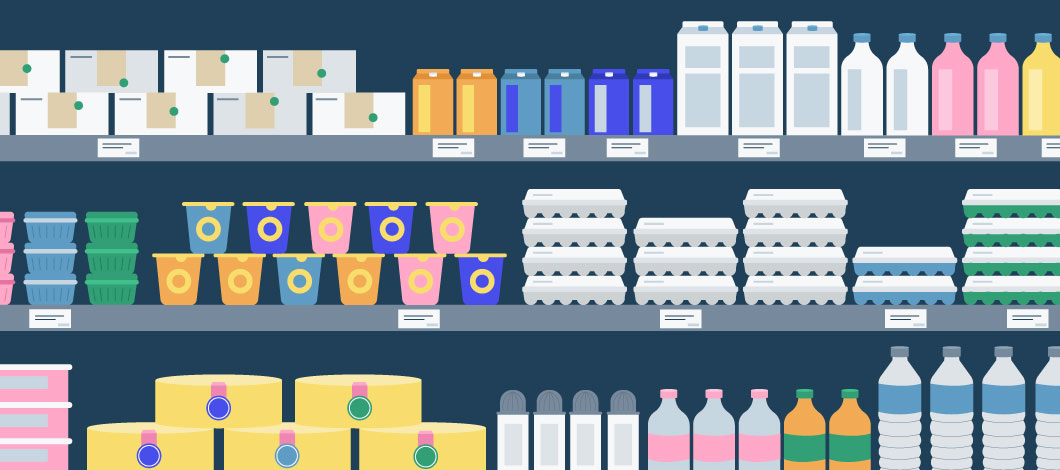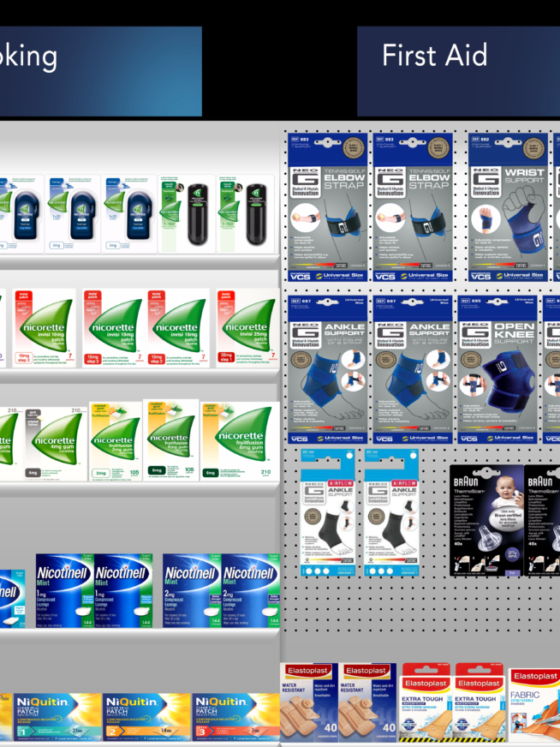
Liu and Liu discovered recurring patterns from one image by optimizing a pairwise visual word-object joint assignment problem using greedy randomized adaptive search procedure (GRASP). used a pairwise visual word matching approach to detect recurring patterns. Agglomerative clustering and MCMC association were adopted by Cho et al. As for pairwise object matching based methods for detecting multiple recurring patterns, Liu and Yan employed graph matching to detect recurring patterns between two images.


Īchieved the same goal by solving a correspondence association problem via markov chain monte carlo (MCMC) exploration. Yuan and Wu detected object pairs from one single image or an image pair using spatial random partitioning. In unsupervised detection/segmentation of two objects in two images was explored.

Pairwise visual word-object matching which matches visual words and objects simultaneously. Although some unsupervised approaches based on latent topic models have been proposed, they still need images for learning. Despite these progresses in estimating product layout information by means of object detection and recognition, most methods require either strong or weak supervision for object modeling. Utilised a cascade object detection framework and support vector machine (SVM) to detect and recognise cigarette packages on shelves, which also requires template images for training. Ī recent method carried out by Varol and Kuzu Another study focused on product logo detection by spatial pyramid mining.

A real-time online product detection tool using speeded up robust features (SURF) and optical flow was proposed in, which also depends on high-quality training data. Presented a product detection system from input images by matching with existing templates using scale-invariant feature transform (SIFT) vectors. Conventional automatic methods for planogram compliance checking involve extracting product layout information based on well-established object detection and recognition algorithms, which usually require template images as training samples.


 0 kommentar(er)
0 kommentar(er)
